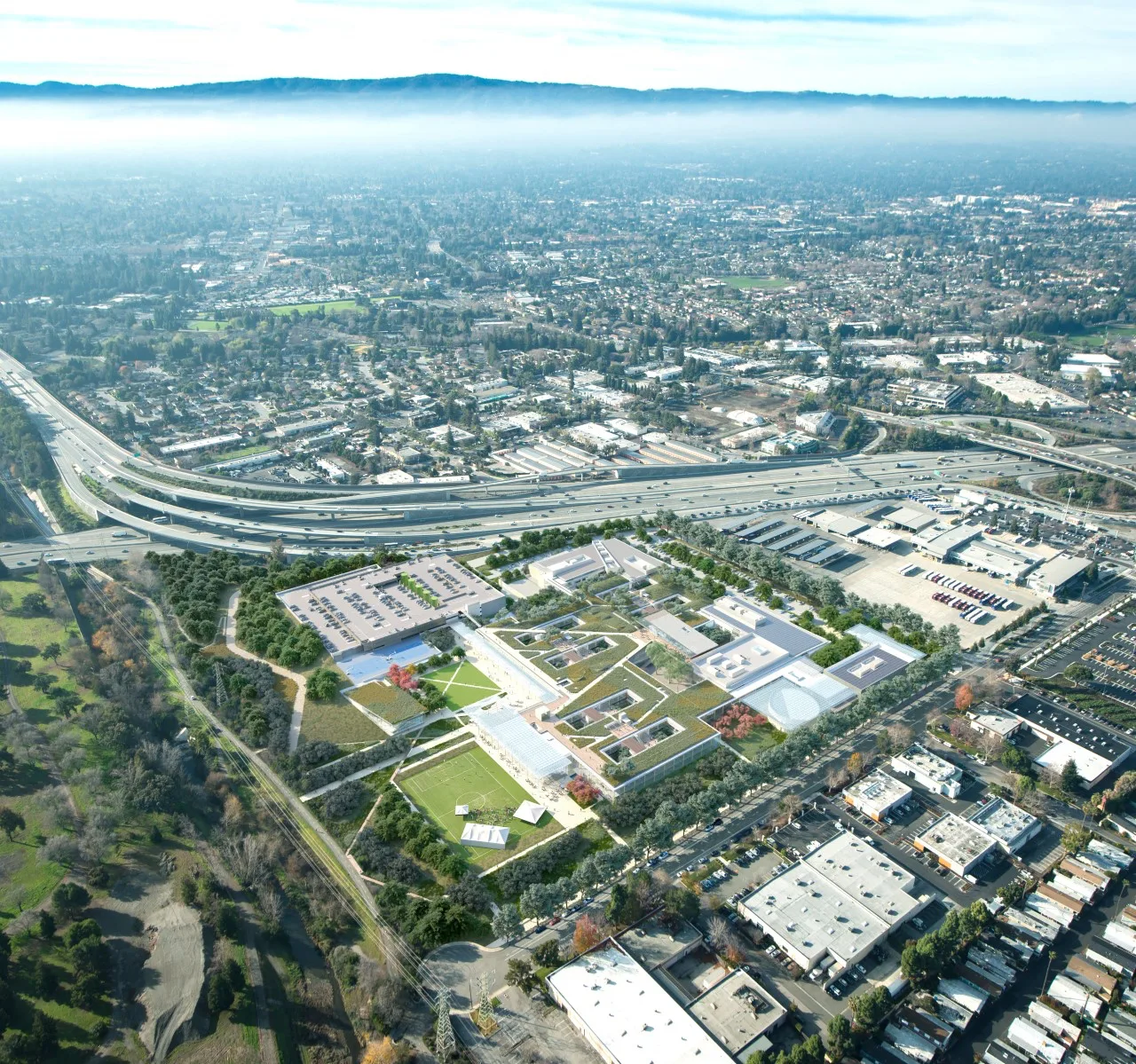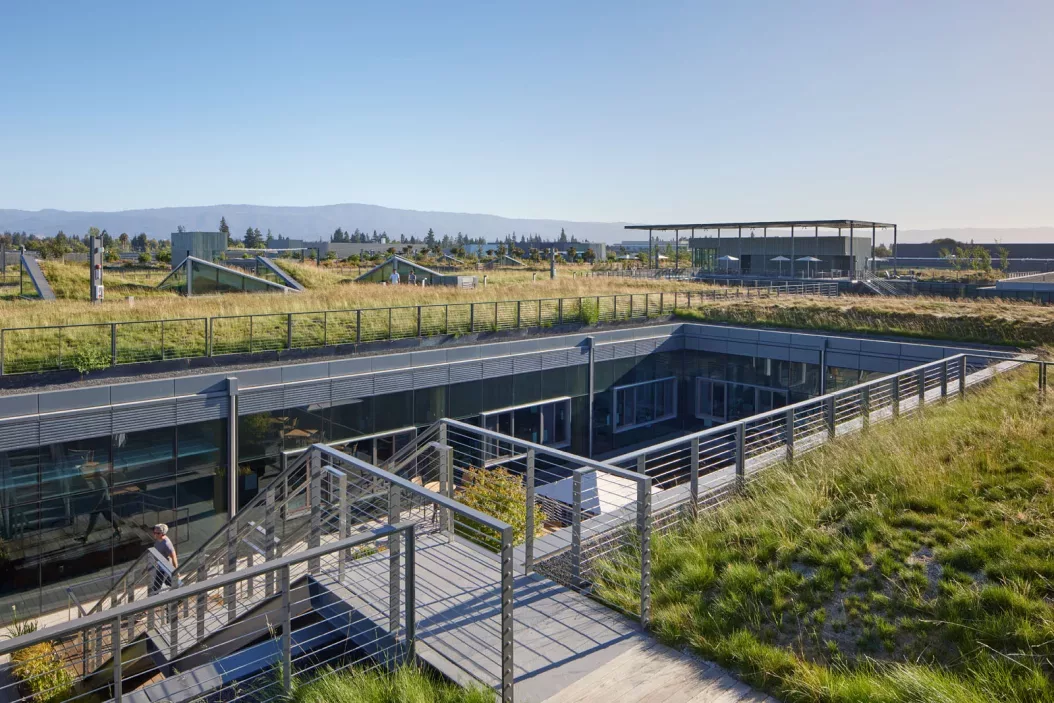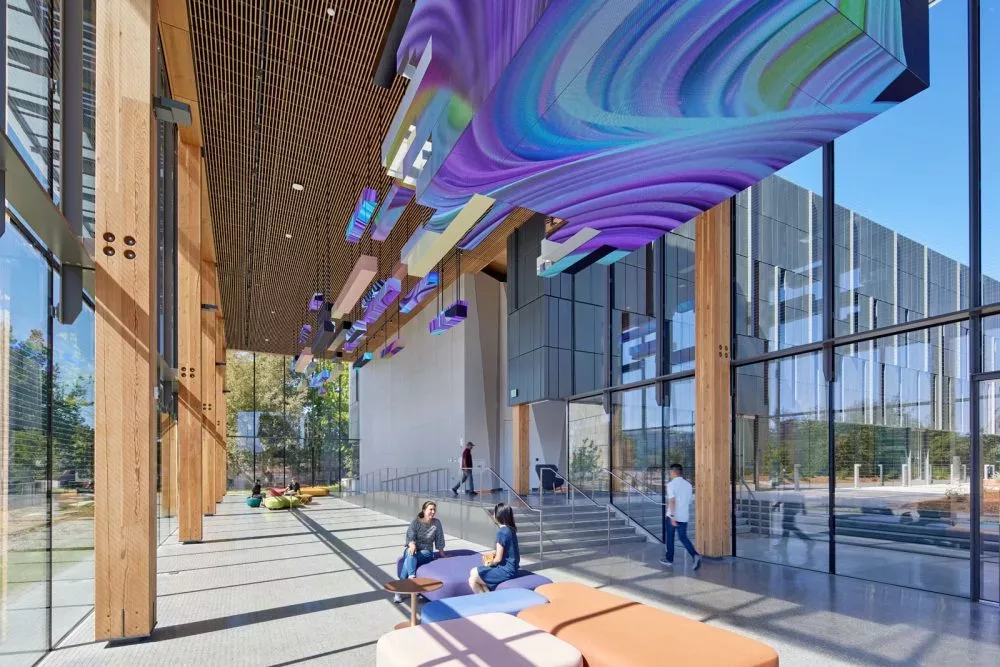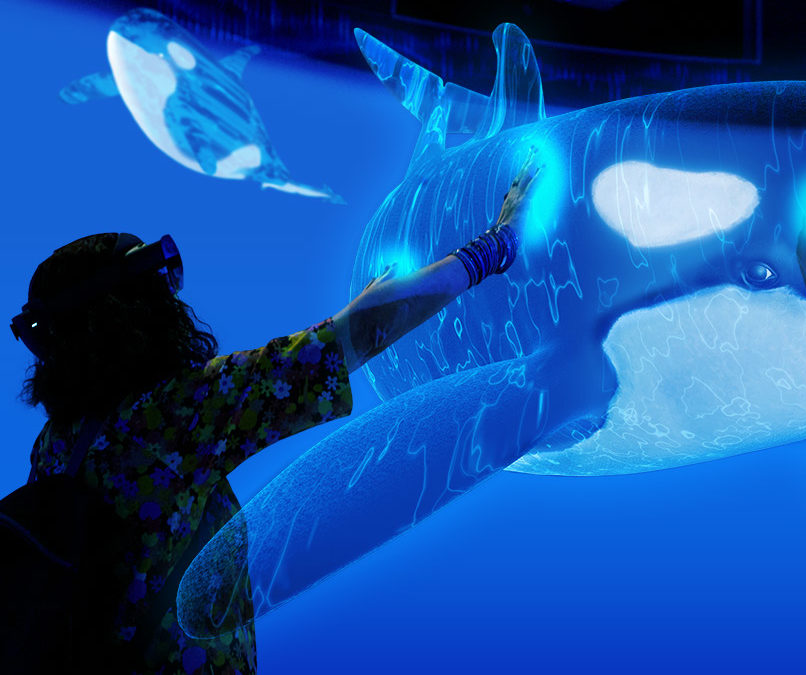Water Works
California’s pastoral beauty has never needed improving. For centuries, its lush terrain was enough for early humans and wildlife to survive with ease—until others started moving in. Population booms required land fabrications to accommodate everyone’s needs, throwing off the delicate balance.
The engineering achievements were impressive, but they weren’t designed for sustainability.
Underground aquifers from the ice ages helped turn California valleys into fertile farms and ranch land. Sadly, these water deposits could disappear within a century. The situation feels overwhelming, but innovation begins with a pledge to do better.
We designed our new Silicon Valley campus to rethink how water functions at the scale of a single office complex, charting a more sustainable future for California and beyond.
Could we design a building that was actually beneficial and restorative to the local ecosystem? We think we’ve achieved just that.
Once Upon a Time
10,000 years ago, the land beside the San Francisco Bay was untouched. Early humans lived in harmony with nature. California’s ecosystem was disturbed when Spanish settlers arrived with herds of cattle in the 18th century. They overtook valleys and fields with crops and livestock, creating an agricultural boom.
After becoming a state in 1850, California implemented projects to control its water. Reservoirs, pumps, and aqueducts made the state a farming powerhouse. Dams were built and canals dug to irrigate land while toxic materials and salts were injected throughout the soil. In the 1970s and ‘80s, manufacturers in Silicon Valley leaked harsh chemicals used to clean silicon wafers into the water supply.
The cleanup is far from complete. Each year, climate change causes wildfires and worsens the drought, making it more difficult to reverse the damage. The future may seem bleak but there is hope.
Achieving Net Zero water certification
Most buildings in the US source water through a single pipe, wasting gallons each day. Drinking, toilet, and groundskeeping water are of the same drinkable quality. Imagine using bottles of expensive designer water to wash dishes and water your plants. Potable, or municipal drinking water, is being used in a similar way.
Our Silicon Valley campus is pursuing Net Zero water certification with the International Future Living Institute, an organization committed to creating socially just, culturally rich, and ecologically restorative communities. To achieve Net Zero water certification, we established a water budget to manage campus usage. Non-potable water used for irrigation and bathrooms is supplied through onsite water treatment.
Image carousel
Blending with Nature
Sustainability measures have flourished across corporate campuses, accentuating our goal of creating exceptional spaces designed with our culture in mind. One that celebrates innovation and diversity in a sustainable, accessible workplace.
Our Silicon Valley campus signals a bold future of living in harmony with nature. Here, a path to the outdoors is a few feet from your desk. A worthy reminder that connecting with nature is one of the healthiest ways to recharge.
For more information on Microsoft’s commitments to environmental sustainability, read more here.




